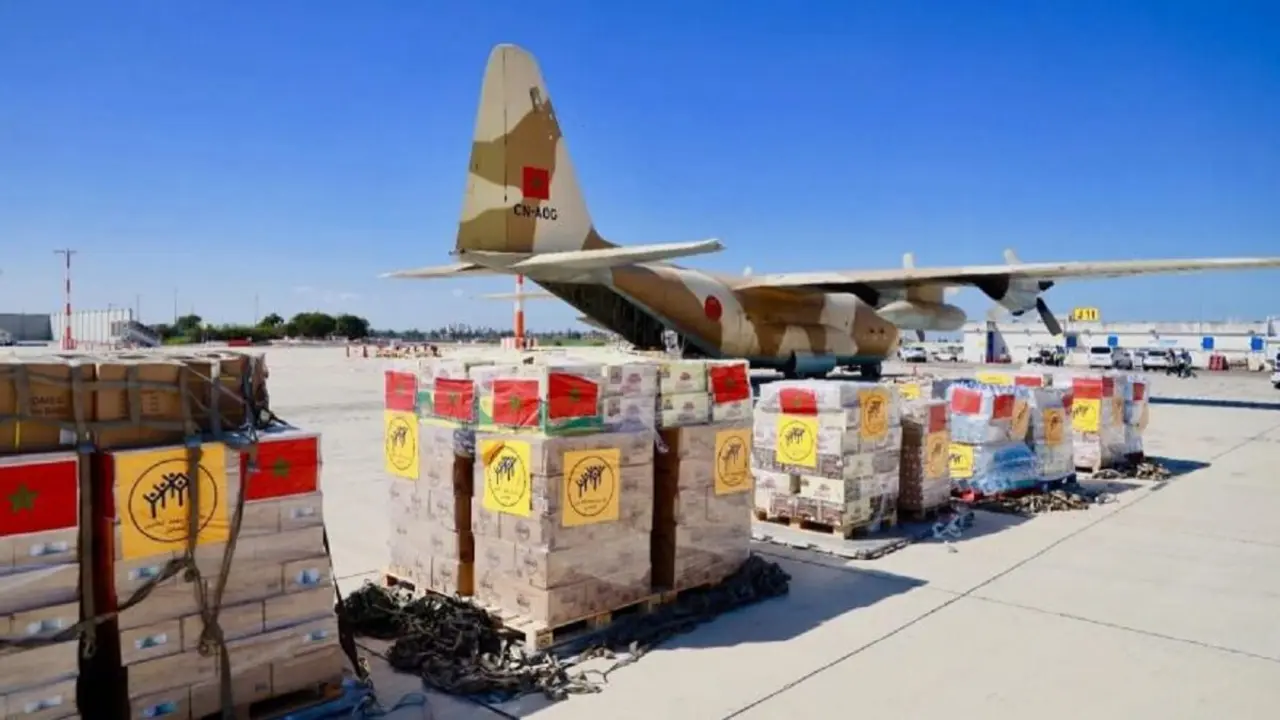The suburbs of Paris ignite

Going to the Paris suburbs is a good way to put a face to the figures that, as in the 2008 crisis, or as now, often flood the news. Whether they are unemployed, injured, sick, dead... or detained. These are the main areas affected by such crises, which only deepen inequalities. And in the suburbs of Paris, the inequality is palpable. Any spark, at any time, is enough to ignite an environment where one swims in gasoline. Youth, low job expectations, loss of identity and poor cultural adaptation. When the glow reflected by the so-called yellow vests began to disappear from the retinas of Parisians; when the coronavirus seemed to return the status quo to Parisian Saturdays; when even Emmanuel Macron was rising in the political opinion polls thanks to the so-called flag effect, the trigger was a motorbike accident that awakened the suburbs of Paris from lethargy. This has set the suburbs of the French capital ablaze once again.
The events took place last Saturday night in the commune of Villeneuve-La-Garenne, north of Paris, near Saint Denis. A motorcyclist driving without a helmet crashed into the door of an incognito police vehicle, which was stopped at a traffic light, causing him to break his leg. The facts are under investigation, as the statements of both parties are contradictory. The injured man, through his lawyer, states that at no time did the police vehicle identify itself as such and that they opened the door in order to provoke the accident. For their part, the police indicate that, when they got out of the vehicle to ask for the motorist's documents while travelling without a helmet, the latter tried to run them over by hitting the door of the vehicle at that moment. The accused, who is being held in judicial custody after undergoing surgery, has a history of drug possession and extortion.
The incident might have been one of many in the metropolitan area of a large city like Paris, were it not for the fact that, in these times of confinement, the permanent tense calm that exists in these areas is more fragile than ever. The period of truce established, thanks to this confinement in the face of the emergence of a common enemy who does not understand much about social classes, but who preys on the most vulnerable environments, has been broken. The accusation, against the police, of intentionality in the cause of the accident did not take long to light the fuse of the riots. Dozens of young people gathered at the scene of the accident armed with fireworks which they used as projectiles. The confrontation between the young people and the police lasted several hours and left several vehicles and garbage containers on fire. Anyone who had been aware of the social climate in the French capital in the months leading up to the confinement knew that this confrontation was hardly spontaneous. Rejection of Macron's unpopular measures, which brought the yellow vests onto the streets a year and a half ago, was still latent in these suburbs, as many young people from the outskirts used these protests as an excuse to use violence and incitement to riot, as a way out of their own frustration and situation.
These young people are now waiting for a reason to break out of the mild and fragile confinement. It was assumed, therefore, that the protests would spread quickly to other suburbs, and would continue into the following nights. This was indeed the case in areas of the aforementioned Villeneuve-La-Garenne, Nanterre, Asnieres, or Aulnay-sous-Bois, Gennevilliers, all of them in the northern suburbs of Paris. The police stated that they had been ambushed, followed by the throwing of blunt objects and fireworks, as well as the burning of vehicles and other items of street furniture. During the confrontations with the police, the latter were forced to use gases and rubber balls to dilute the concentrations. On Tuesday evening, 21, the young motorist's lawyer, Stephane Gas, published a video in the newspaper France Bleu, in which the young man was grateful for the expressions of support, but called for calm after the disturbances that were taking place for the fourth night in a row.

As we commented before, the crisis of the COVID-19 has caused a flag effect around the president of the French Republic, which has made him rebound in all the surveys of approval that different polling companies carry out, placing the average near 40%. In view of the predicted de-escalation during the following weeks, the uncertainty remains as to whether the protests of the yellow vests will again dye the Saturdays of the capital and other major French cities with phosphorus. Or if, on the contrary, the truce between the government and an important part of society will be extended in view of the French president's request for a national political agreement that could bring contingency measures for the groups that have been leading the protests for more than a year. There is still a doubt as to whether the protests in the Parisian periphery will continue to be limited to the capital's metropolitan area or whether they will also spread to other cities such as Marseilles, where immigration represents a significant percentage of society.
With regard to the vulnerable situation of the suburbs, there are sometimes reports of police abuse, such as the death of a man in a police station who broke through the confinement measures earlier this month. These reports, and the social climate on the outskirts of the French capital mainly, but also in other major cities in the country, have recently gained exposure with the contemporary adaptation of Les Misérables, a film by Ladj Ly set in one of these communes, Montferneil, east of Paris. The film, released last year, highlights the lives of young people in these marginalised environments and helps to understand everything that underlies the recurrent violence in the Parisian metropolitan area, which is exacerbated by the situation of confinement and seclusion.








